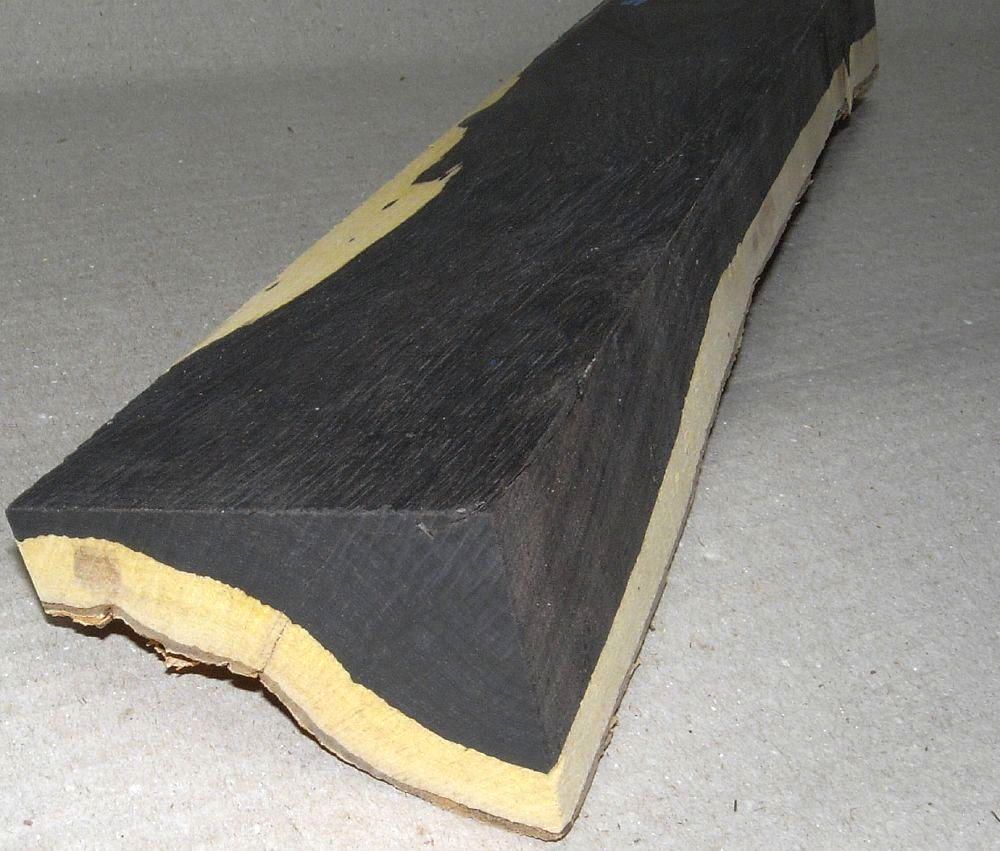6. Materials
Clarinets belong to the woodwind family. However, this does not mean clarinets are exclusively made of wood. If that were the case, saxophones would have to switch sides and become brass instruments! But what is a clarinet made of? Of course, there are always exceptions, but the bodies of most clarinets are indeed made from the natural material wood. Specifically, from grenadilla wood, but sometimes also from ebony. Both woods are characterized by their darker color, grain pattern, and weight.

Image: "Grenadil, African Blackwood" by Mogano. License: CC BY-SA 3.0
They are among the heaviest woods with very high density, which means the wood does not float.
For cost reasons, there are also clarinets with plastic resonators or entirely made of plastic. The advantage of a plastic clarinet lies in its resistance to weather conditions. Sudden temperature changes from warm to cold or outdoor performances in extreme temperatures don't bother it as much. A wooden clarinet reacts unfavorably to such treatment, often resulting in cracks in the body. Wood prefers a gradual change in temperature and doesn't like extremes, but more on that in the Care section. However, there is a downside in terms of sound. A plastic clarinet lacks the warm, woody tone characteristic of wood. In the upper register, the sharpness in the sound increases. However, not everything is made of wood...
The keys, rings, and the entire mechanism of a clarinet are made of nickel silver, often silver-plated. These are nickel silver cast parts. In expensive models, the keys are forged, making them less prone to breaking than cast ones. In conjunction with the keys and rings, springs also play a significant role. There are two types of springs, needle springs, and leaf springs, both made of steel. The pads of the keys are made of leather or, more recently, silicone. To prevent the keys from rattling during play and for fine adjustments, cork pads are placed between the keys and the wood, or between individual keys. Cork is also found on the tenons, which hold the various parts of the clarinet together.


